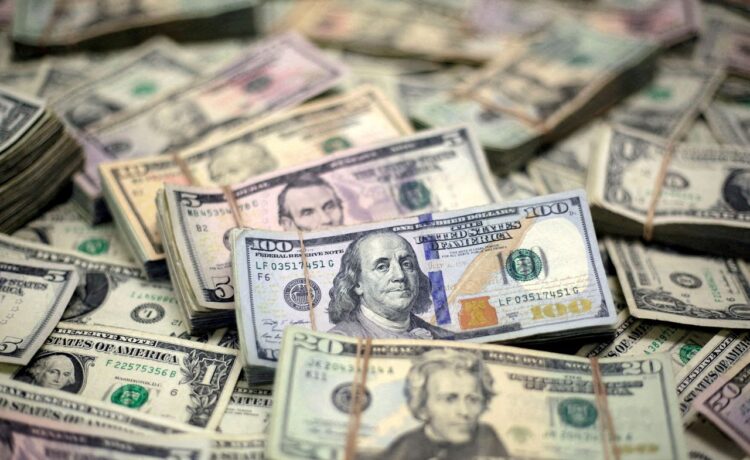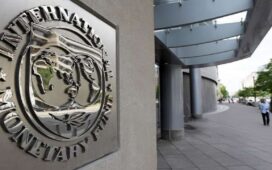The US dollar staged a partial rebound on Tuesday (Jan 21) after President Donald Trump suggested the US could impose tariffs on Canada and Mexico by Feb 1, challenging suggestions that his trade policy might be more gradual.
Trump told reporters his team was thinking of tariffs around 25 per cent but offered no other specifics. He also floated the idea of universal tariffs but said the US was not ready for that yet.
The dollar had fallen sharply on Monday after Trump’s first day included no specific plans on tariffs and officials signalled that any new taxes would be imposed in a “measured” way, a major boost for trade-exposed currencies.
A following trade memo merely directed agencies to investigate and remedy persistent trade deficits.
“Just because nothing specific was announced, there is clearly a threat that tariffs are coming and they could be quite chunky,” said Dominic Bunning, head of G10 FX strategy at Nomura.
“Some of the threat in terms of speed and scale of those tariffs coming in quickly has been diminished, but I think the market is still wary.”
BT in your inbox

Start and end each day with the latest news stories and analyses delivered straight to your inbox.
The market reaction was a knee-jerk fall in the Canadian dollar and Mexican peso and a jump in the dollar. The US currency was up 0.9 per cent at 1.4442 Canadian dollars and strengthened by 1.1 per cent against the Mexican peso.
The dollar index, which measures the currency against six major currencies, rose more than 0.6 per cent to 108.68, having shed 1.2 per cent on Monday in what had been the sharpest one-day drop since late 2023.
The euro eased back to US$1.0353 from an early top of US$1.0434. The EU runs a sizeable trade surplus with the United States and has been viewed as a prime target for Trump’s tariffs.
Talking to reporters on Monday, Trump said he would remedy the trade imbalance either through tariffs or by Europe buying more US oil and gas.
“The first few hours of the Trump administration has underscored that policy environment will be dynamic once again and markets should brace for volatility,” said Charu Chanana, chief investment strategist at Saxo in Singapore.
“Clearly, the markets celebrated too soon with tariff threats missing at the outset in Trump’s inaugural speech.”
The inauguration speech focused on emergencies in immigration and energy and a more expansionist foreign policy, including a pledge to take back the Panama Canal.
In his first term in office, Trump had a history of announcing imminent plans for policy proposals, including on healthcare and infrastructure, only for nothing to materialise.
Against the yen, the dollar was little changed at 155.77 .
The yen still has some room to outperform, Nomura’s Bunning said, adding that Japan is probably less directly affected by tariffs than many other countries.
The yen has also been supported recently by growing expectations that the Bank of Japan would raise interest rates this Friday after comments from policymakers last week.
Markets are pricing about an 86 per cent chance of a quarter-point increase.
The dollar added 0.3 per cent against the offshore Chinese yuan to 7.2872. Trump has previously threatened China with tariffs of up to 60 per cent but was vague on his plans on Monday.
Beijing later set a stronger fix for the yuan, suggesting it was still inclined to not let the currency fall too quickly.
The onshore yuan finished the domestic session at 7.2798 per dollar, the strongest such close since Dec 13. REUTERS





